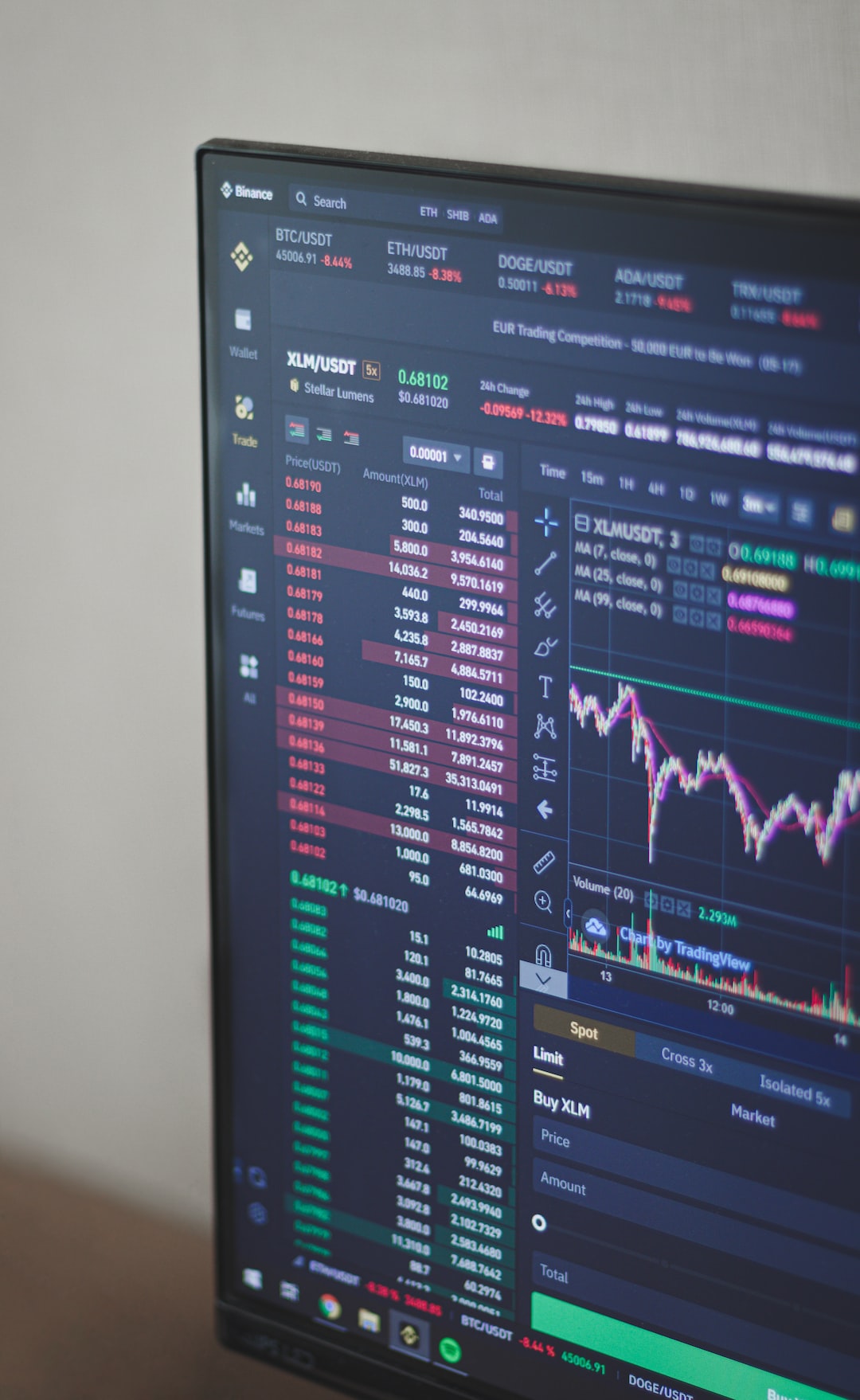Forex trading, also known as foreign exchange trading, involves buying and selling currencies in order to make a profit. However, just like any other form of trading, it comes with a certain degree of risk. Risk management forex is the process of identifying, evaluating, and mitigating the risks associated with forex trading.
Forex trading is a high-risk, high-reward activity. The prices of currencies fluctuate constantly, and it can be difficult to predict which way they will move. This unpredictability can lead to significant losses if a trader is not careful. That’s why risk management is so important in forex trading.
The first step in risk management forex is to identify the potential risks. There are a number of risks associated with forex trading, including market risk, liquidity risk, credit risk, and operational risk. Market risk is the risk that the value of a currency will fluctuate in an unfavorable way, while liquidity risk is the risk that a trader will not be able to exit a position when they want to. Credit risk is the risk that a counterparty will default on a trade, while operational risk is the risk of losses due to mistakes made by the trader or the trading platform.
Once the potential risks have been identified, the next step is to evaluate them. This involves assessing the likelihood of each risk occurring and the potential impact it could have on the trader’s portfolio. For example, if a trader has a large position in a currency that is particularly volatile, the risk of a sudden price swing could be high. The impact of such a swing could be significant, potentially wiping out a significant portion of the trader’s portfolio.
Once the risks have been identified and evaluated, the next step is to mitigate them. There are a number of strategies that traders can use to reduce their exposure to risk. One common strategy is to use stop-loss orders. A stop-loss order is an order to sell a currency if it reaches a certain price. This can help limit losses if the market moves against the trader.
Another strategy is to diversify the portfolio. By spreading their investments across different currencies, traders can reduce their exposure to any one currency. This can help mitigate the risk of a sudden price swing in a particular currency.
Traders can also use leverage to manage risk. Leverage allows traders to control a large amount of currency with a relatively small investment. However, it also increases the potential for losses. Traders need to be careful not to over-leverage, as this can lead to significant losses.
Risk management forex is an ongoing process. Traders need to continually monitor their portfolio and adjust their strategies as necessary. They also need to stay up-to-date on market news and events that could impact the value of currencies. For example, a change in interest rates or a political crisis can have a significant impact on the value of a currency.
In conclusion, risk management forex is an essential part of forex trading. Traders need to identify, evaluate, and mitigate the risks associated with trading in order to protect their portfolios. By using strategies such as stop-loss orders, diversification, and leverage, traders can manage their risk and increase their chances of success in the forex market. However, risk management is an ongoing process that requires discipline, patience, and a willingness to adapt to changing market conditions.





